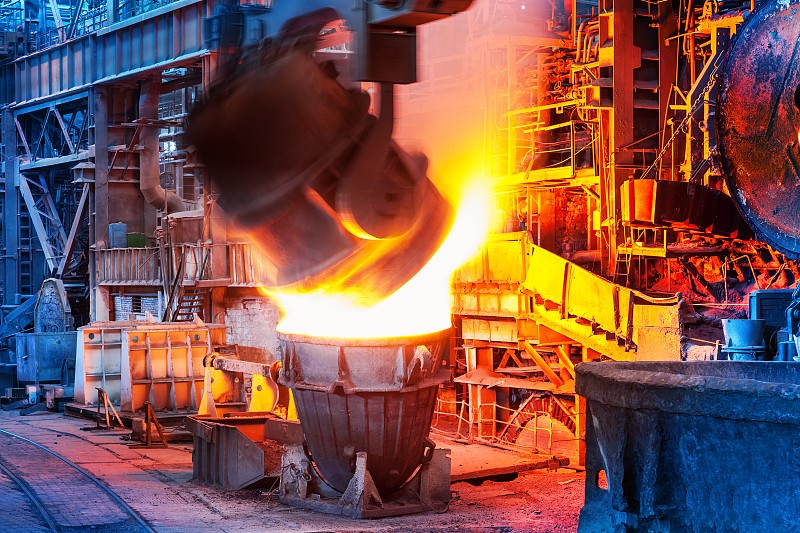
How can the wear resistance and service life of semi-autogenous mill liners be improved?
- Jan 04, 2024
- Solution

The optimization of self-grinding/semi-autogenous mill liners generally involves material and shape optimization. Material optimization of liners can extend their service life, thereby improving the operational efficiency of the mill. Additionally, reducing the mass of the liners can help reduce the mechanical load on the mill.
Shape optimization of liners mainly focuses on the optimization of the discharge end and the barrel liners, including the height and angle of lifting strips, spacing of lifting strips, and discharge grates.
Before the year 2000, the material of self-grinding mill liners was primarily manganese steel alloy. Although manganese steel liners were impact-resistant, they were not wear-resistant. As a result, the replacement cycle of self-grinding mill liners was not significantly longer than that of semi-autogenous mill liners, leading to many beneficiation plants converting self-grinding mills to semi-autogenous mills to increase processing capacity. Over the years, the material for large-scale self-grinding/semi-autogenous mill liners has seen significant development. The mainstream liner materials are currently chromium-molybdenum alloy steel and high-chromium cast iron, with a Brinell hardness ranging from 325 to 600 BHN.
Especially for self-grinding mills, the increased wear resistance of the liners allows for a service life of 6 to 10 months, greatly improving the operational efficiency of the mills. In recent years, with the development of new materials and processes, some beneficiation plants have started using alloy steel and rubber composite liners, significantly reducing the total mass of the liners and thereby reducing the operational load of self-grinding/semi-autogenous mills, creating conditions for improving the filling rate.
In terms of liner design, the coupling application of discrete element and fluid analysis software has provided a clearer understanding of the movement of materials, steel balls, and slurry inside the mill. The design of self-grinding/semi-autogenous mill liners, including their shape and number, has a more precise impact on their movement.
In order to increase the discharge rate of self-grinding/semi-autogenous mills, reduce slurry backflow, and prevent the formation of slurry pools inside the barrel, the engineers of JCC-Canhu have designed a curved slurry discharge structure. This structure has been proven to be an effective method for improving throughput. The successful application of curved discharge liners has increased the discharge rate of self-grinding/semi-autogenous mills, thereby improving their throughput and aiding in overcoming throughput bottlenecks.

